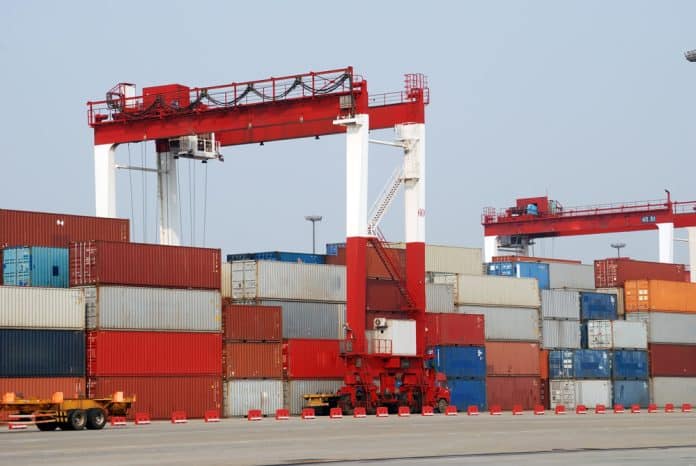Last week, on March 15th, a new initiative was announced from the Biden-Harris Administration aiming to speed up delivery times and reduce consumer costs. This comes at a time when the supply chain has became a household name for all the wrong reasons. Congestion at U.S. container gateways can be seen from space as vessels wait their turn to be worked and have the containers offloaded.
The U.S. Department of Transportation (DOT) will lead the Freight Logistics Optimization Works (FLOW) initiative.
Their focus is to address supply chain vulnerabilities such as port congestions and driver dwell times. The White House is leading the way to help drive this public-private partnership. These companies are all privately owned and cover various perspectives of the supply chain: Port Authorities, Ocean Carriers, Terminal Operators, Retail and Food Businesses, Chassis Companies and Logistics and Warehousing Companies.
To start off the initiative, there will be 18 companies working together to discuss various challenges along the supply chain in order to develop a “proof-of-concept freight information exchange by the end of the summer”.
Below is a list of the partners who will be participating in the FLOW initiative.
Port Authorities:
- Port of Long Beach
- Port of Los Angeles
- Georgia Ports Authority
Ocean Carriers:
- CMA CGM
- MSC
Terminal Operators:
- Fenix Marine Terminal
- Global Container Terminals
Business:
- Albertsons
- Gemini Shippers
- Land O’ Lakes
- Target
- True Value
Chassis:
- DCLI
- FlexiVan
Logistics and Warehousing:
- FedEx
- Prologis
- UPS
- CH Robinson
While discussing FLOW, U.S. Transportation Secretary Pete Buttigieg mentioned a few pain-points data sharing could help with:
“A lot of companies are used to holding tight onto their data, but this is not propriety data, trade secrets…. This is information like what’s the last day you can turn a container around and still have it on a ship if you’re exporting something. What’s the warehouse capacity so that a truck driver knows when they can arrive at a warehouse and actually be able to pick something up and drop something off. When are the containers ready at the port? We have a lot of truck drivers who get stuck waiting for hours because they’re not ready at the port to get the specific container that they’re there to pick up.”
Within one month of the FLOW launch, a web page will be available to measure industry interest in participating towards data sharing. I’m excited to see so many different stakeholders coming together as this is a step in the right direction. There is a lack of land near our ports and not enough space for the terminals to expand or store containers. The next best thing is to enhance our information technologies to improve transparency around our freight systems.




